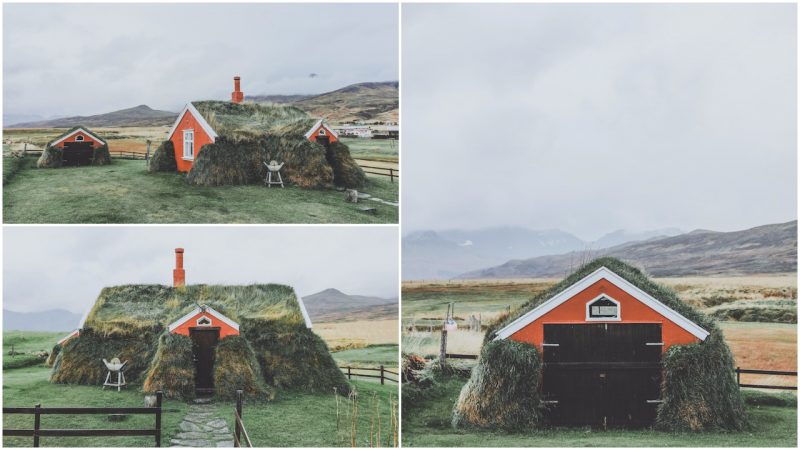In Iceland, an island of active volcanoes and glistening glaciers, lakes and rivers, vast grasslands and dramatic ocean cliffs, many a unique housing tradition has evolved. That’s especially true of the turf house.
Turf is abundant on this island in the North Atlantic. The material provided insulation superior to buildings of wood and stone during the bitterly cold winter. These fairy-tale turf dwellings once dotted the landscape but were almost completely abandoned during the 1960s.
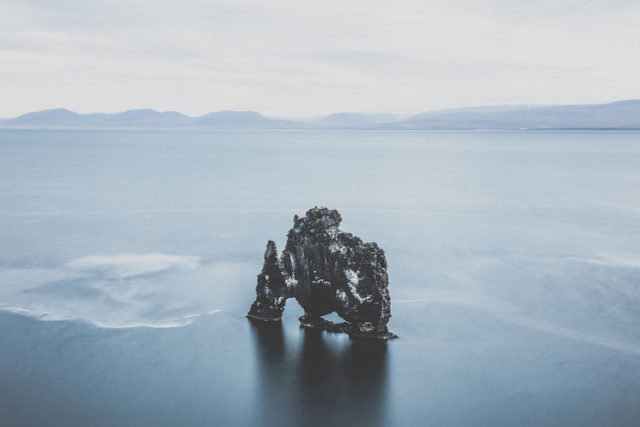
They constitute an invaluable architectural heritage, but, sadly, there are not too many turf houses left. The majority belong to the Þjóðminjasafn Íslands, the National Museum of Iceland.
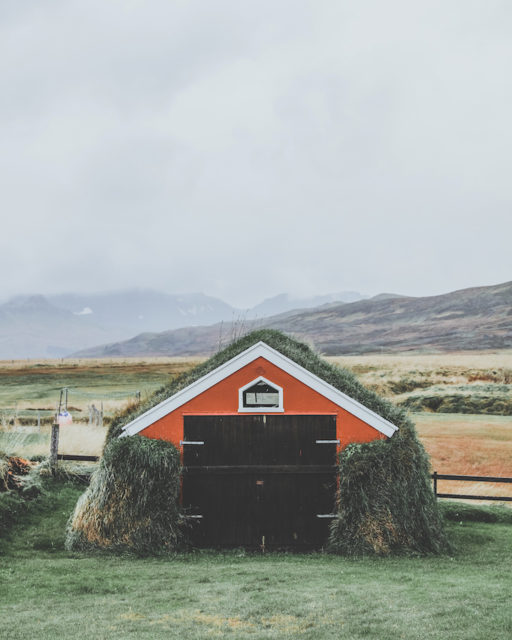
While the last year-round inhabitants reportedly moved out of their sod house in 1966, one turf house, in private ownership, is occupied in the summer. It is known as Lindarbakki Turf House. The name of the summer tenant is Elísabet Sveinsdóttir, now in her 80s.
The unusual red dwelling can be found in a small fishing village on the island of Borgarfjörður Eystri on Borgarfjordur Bay, in the east of the island. The house’s oldest parts date back to 1899, although the earth dwelling was entirely renovated just before the end of the 20th century.
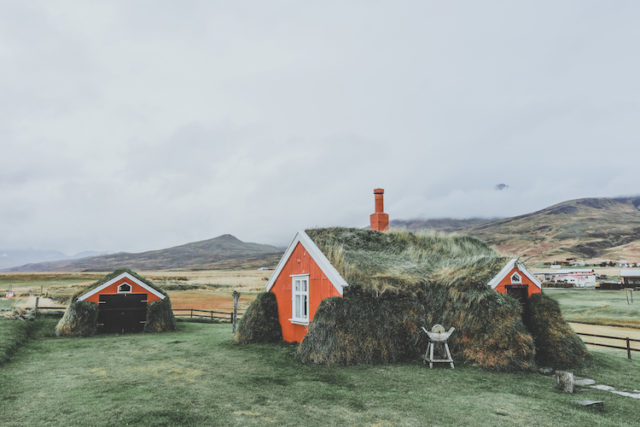
Elísabet bought this lovely little house back in 1979, along with her late husband, Skúli Ingvarsson. Upon buying the property, the marketing description read: “Lindarbakki is very old, built out of turf, stones, wood and cement and is in many ways not a fashionable property.”
Still, since 1979, Elísabet has stayed at Lindarbakki every summer, from mid-May until the very end of August.
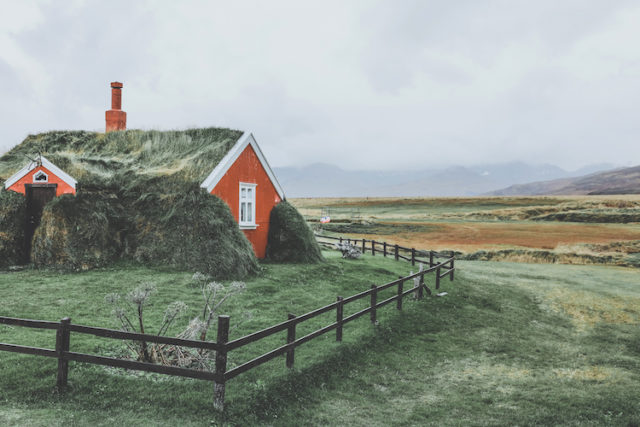
Elísabet and her husband put tremendous effort into rebuilding Lindarbakki, which is a one-bedroom, 323-square-foot house. It has a cellar and a well underneath the house. Warmth comes from an original oil heater, despite the fact that most heating for housing in Iceland is sourced from geothermal stations.
A shed just behind it, and in the same style as Lindarbakki turf house, adds to the property’s charm. Its contents are old artifacts and equipment that the couple collected throughout the years.
These days, Elísabet takes care of the property with the help of local people. One part of turf-house maintenance is to mow the roof.
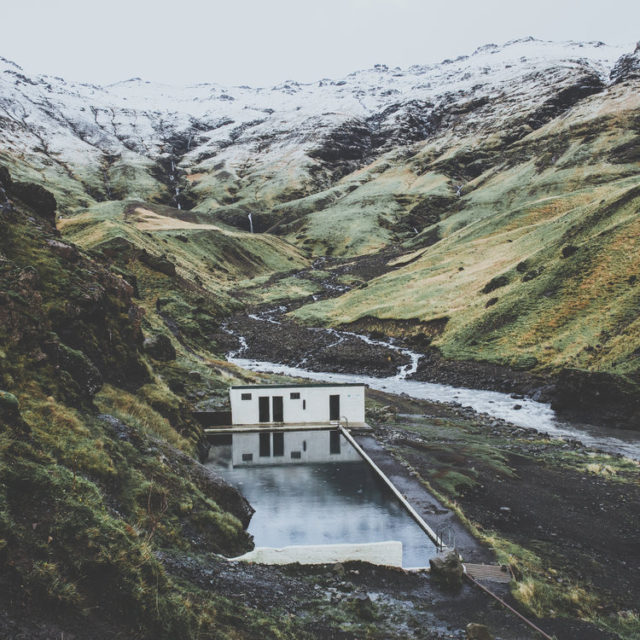
Over time, Elísabet’s summer home has become a favorite subject of photographers, not only from Iceland but all over the world. Some visitors might knock on the door and receive a warm welcome from the owner and a tour around the property.
One of them was photographer Luke Gram, who conducted a 12-day road trip across the island country. He has said about Iceland: “It’s truly a surreal, beautiful little spot in the middle of the ocean, and just going there it becomes so evident as to how rare and unique it is.”
Traveling with friends from university, Gram embraced the opportunity to capture some stunning images, and truth be told, his shots of Lindarbakki House are irresistible. More of Luke’s amazing work is available on his website, Facebook or Instagram.
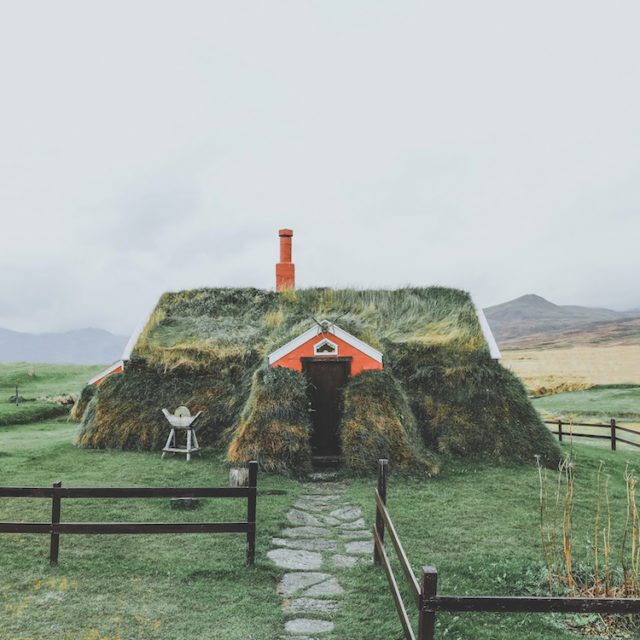
The woodwork encompassing the turf house was added in 1934; it is only the cellar and the well that belong to the original construction in 1899.
However, as My Modern Met nicely sums up about the dwelling, it is still “a shining example of the Icelandic turf house, a traditional dwelling born from the hardship of the environment.”
